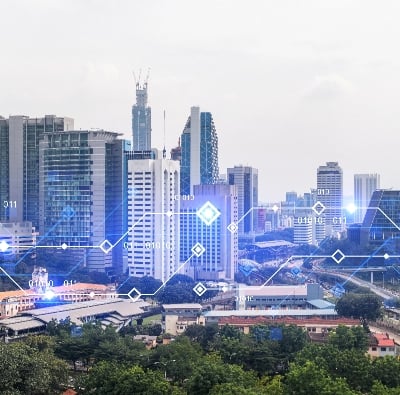Earthquakes have the capacity for widespread damage to infrastructure and significant loss of life. In the United States, The aftermath of the 1994 Northridge earthquake is reported to have cost the U.S. $20 billion in direct losses.
The National Earthquake Hazards Reduction Program (NEHPD) was enacted in 1977 to improve techniques in predicting, forecasting, and reducing seismic vulnerabilities of facilities and systems. Risk and reliability engineers adopted appropriate seismic building codes for new structures to protect critical lifelines including electrical power, communication systems, gas and liquid fuel pipelines, transportation systems and water and sewage systems.
















